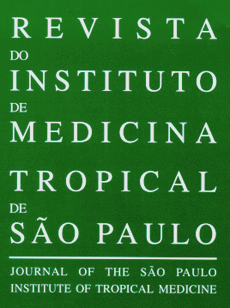Localized Cutaneous Leishmaniasis (LCL) known as "chiclero's ulcer" in southeast Mexico, was described by SEIDELIN in 1912. Since then the sylvatic region of the Yucatan peninsula has been documented as an endemic focus of LCL. This study of 73 biopsies from parasitological confirmed lesions of LCL cases of Leishmania (Leishmania) mexicana infection was undertaken: 1) to examine host response at tissue level; and 2) to relate manifestations of this response to some characteristics of clinical presentation. Based on Magalhães' classification we found that the most common pattern in our LCL cases caused by L. (L.) mexicana was predominantly characterized by the presence of unorganized granuloma without necrosis, (43.8%). Another important finding to be highlighted is the fact that in 50/73 (68.5%) parasite identification was positive. There was direct relation between the size of the lesion and time of evolution (r s = 0.3079, p = 0.03), and inverse correlation between size of the lesion and abundance of amastigotes (r s = -0.2467, p = 0.03). In view of the complexity of clinical and histopathological findings, cell-mediated immune response of the disease related to clinical and histopathological features, as so genetic background should be studied.
Cutaneous Leishmaniasis; Histopathology; Leishmania (Leishmania) mexicana
